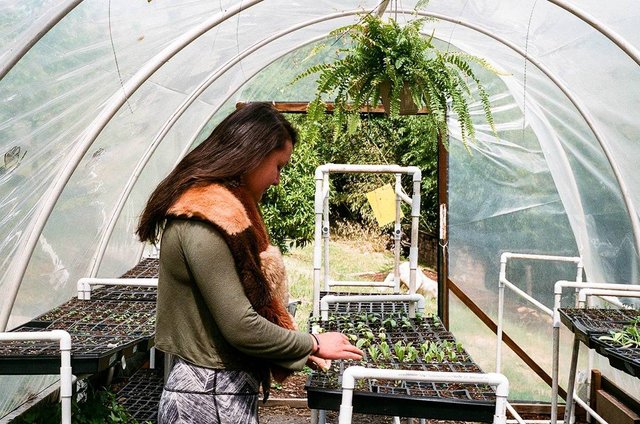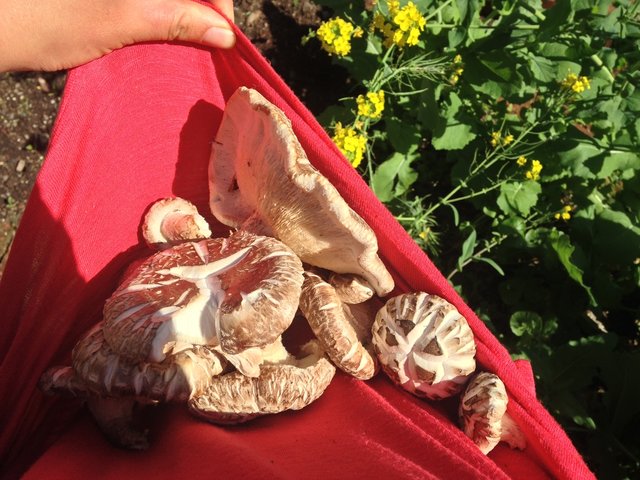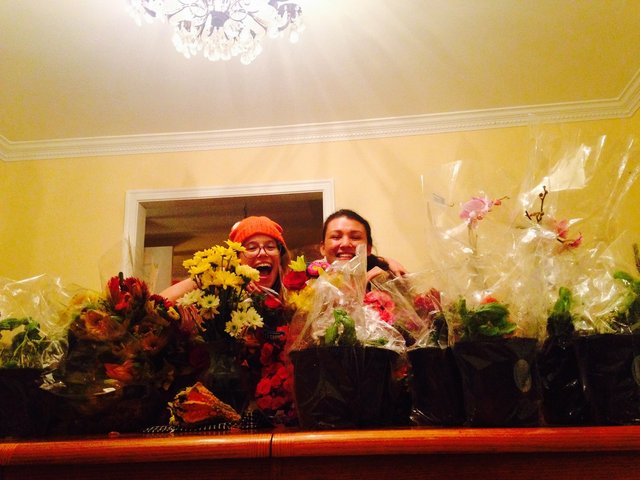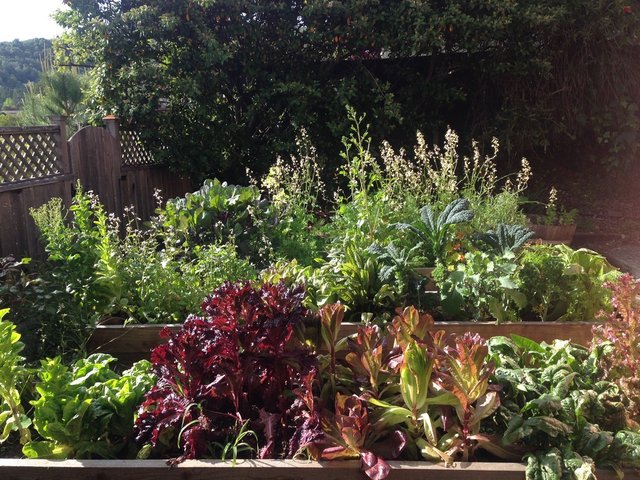Permaculture, Homesteading, and Community Building // How I Sourced My Plants for Free (Part 2)

Hi friends! This post is a continuation of my previous post on how I’ve sourced a lot of my plants for free, that you can read here. Creating a homestead can be expensive and the prices of plants in a nursery can be a huge barrier. I’ve been as creative as possible in obtaining plants. I’ve done this for two reasons: the first being to save money. The second reason is very important to me. I believe in the gift economy and in abundance rather than scarcity, and I believe that sharing creates community. I also believe that food sovereignty should be accessible to all people, and not just to the privileged elite. Food sovereignty has been defined by La Via Campesina as “the right of peoples to healthy and culturally appropriate food produced through ecologically sound and sustainable methods, and their right to define their own food and agriculture systems.”
Anyways, how else did I source all of my goodies?
1) Mushroom Party!
I was invited to a mushroom farm's annual fungi party. This mushroom farm, located in Santa Cruz, offers its used mushroom blocks to the community for free. For those of you who are new to how mushrooms are grown, they are often grown in logs or in blocks made up of various materials such as rice hulls, straw, woodchips, sawdust, ect. The mushrooms will grow, and once they are harvested the first time, they will continue to produce more mushrooms. However, the productivity level decreases after the first harvest, and it is not economically efficient for the mushroom farm to keep these blocks that still have plenty of potential mushrooms babies in them. So, this mushroom farm offers these blocks to the community in the hopes of making mushrooms more accessible to all. Pretty cool, huh?

I was so excited when I found out about this farm. On the mushroom party day, my friends and I spent a couple of hours digging through their large pile of used mushroom blocks. I picked out the blocks that were not contaminated by mold and were still moist and heavy. I took home around 150 blocks and have been getting shiitake, oyster, and king trumpet mushrooms nonstop from my backyard ever since. While you may not all live close to the farm that I visited, it is worth a shot calling up your local mushroom farm and asking them if they have old blocks or logs already inoculated with mushrooms that they are willing to give away for free.

2) Junk Piles of Nurseries
Nurseries often have plants that are neglected and under watered. These plants will end up in the "reject pile" that will soon be thrown away. I've had nursery workers come up to me before and offer me free vegetable seedlings that they were about to toss in the trash, just because they had a few brown leaves on them. I happily took them and watered them back to green, happy plants. I've also seen many nurseries fill their trash bins with plants, and have even found 20 beautiful, alive orchids in the dumpster of a popular grocery store chain. In most cases, dumpster diving is legal because once the item is in "public space" such as in a dumpster on the side of the road, anyone can take it. However, local laws vary, so definitely read up on your city ordinances before engaging in dumpster diving. Another option is to just ask the workers at the nurseries if they have any plants heavily discounted because they are under watered or under kept. Often, they will. I've gotten fruit trees for a few bucks each that were originally $40+ each just because they weren't properly cared for.

3) Seed Saving
I've already touched on seed exchanges in my previous post. However, I do not want to become dependent on seed exchanges for my seeds. I want to be able to source my own seeds from my own garden. And that is easy! I just need to let my plants go to seed rather than pull them out of the ground before they reproduce. I don't have to do this with all of my plants. If I have 30 basil plants, I'll let around 3 go to seed and collect those seeds for next year's planting. Once you start to save your own seeds, you can encourage your friends to save their seeds and have your own small swaps!
I recently visited the Bay Area Seed Interchange Library, which is a library of seeds that community members have brought in to share with their fellow neighbors. I "checked out" some sage and pumpkin seeds the other day with the pledge to try and save seeds from those plants in the future and bring them back, or just bring back some extra seeds from other plants that I am growing. I love this model of a seed library and I think that every community could benefit from one. Happy planting everyone!

Hallo Baumeister :) I loved your creative ideas-really cool what you gathered from the nursery! good tip! when I get back to the USA to build my own little hometead, I will definately go to the nursery! resteemed and upvoted!
Your permaculture garden is looking amazing, it's great to see all the progress you've made! I know that mushroom farm you mentioned, by the way - great place. :)
Thank you @runaway-psyche! Awesome, have you been to their fungi party before? Maybe I'll see you there one day!
Wow, this is something I have to plan for my garden.
Greetz from Germany
Greetings from the US! I hope your garden goes well :-)
what a great looking garden space
Thank you :-)
I love it that you managed to save some good and still usable things from going to waste! Inspiring!
Thanks so much!
Absolutely :)
This is wonderful. Congratulations on your garden!
Thanks @brameld :-)
Just been catching up on your homesteading posts, it's an inspiring project and it's amazing how far you have come with your dream in such a short space of time. Very happy for you!
Thanks so much @jonjon1! It's great to hear encouraging words :-)
You have some great things going on there in your garden and community. I try to grow a lot of my fruit and vegetables over the summer months-my widows are full of seedlings- i'm a little envious of your polytunnel!
Yum! My windows are as well :-)
I built the polytunnel mostly from scrap pieces of wood and pvc that were lying around, plus some greenhouse plastic from greenhouse megastore, it took me a few days and probably cost me around $100.
Still figuring out how to grow most veggies in the tropics... have to relearn everything. So different from cold Europe! Great post and I hope we can provide for our own food too one day!
That is quite a difference! What have you found to be your biggest challenges in growing in the tropics?
The strength of the sun... while in Belgium I was used to putting many plants in as much sun as possible... here you have to protect them from the strong tropical sun... also, small plants don't like the tropical rains. The drops are so big here and in a few minutes everything can be under water... also all the chickens and cows aren't helping, they love young leaves... learned a few valuable lesson already! Now the main thing to figure out is making a decent soil mix... so all tips are welcome!
Hmm here's a crazy idea! I've made structures in the tropics before by propagating living plants that grow like crazy in that environment, kind of like this: http://inhabitat.com/diy-bio-tecture-build-your-own-backyard-living-willow-dome/ or this http://www.apieceofrainbow.com/10-amazing-living-structures/
I can't remember the names of the plants we were using though.
You could potentially do the same for a low cost and beautiful shade structure that you could plant inside of, that way the plants are protected from too much sun and heavy rain.
That looks amazing! Thanks for the tip! We are moving house in 3 months! I'll def keep this in mind. Think passion fruit is ideal for that. Bookmarked ;-)
All excellent advice. Great post.
Thank you!